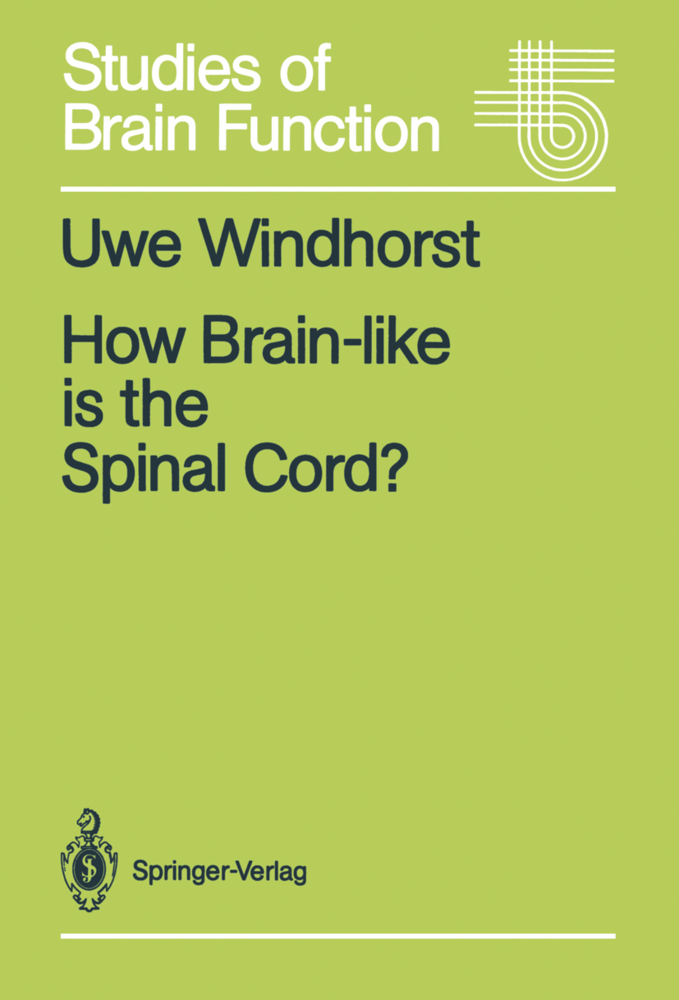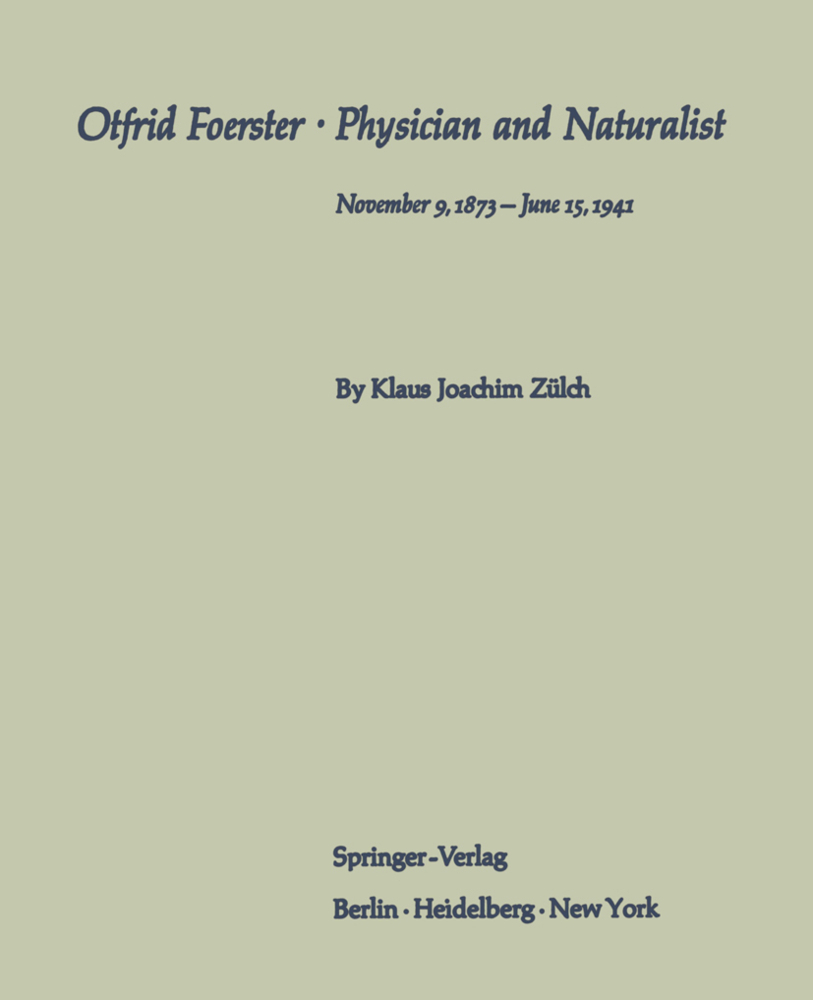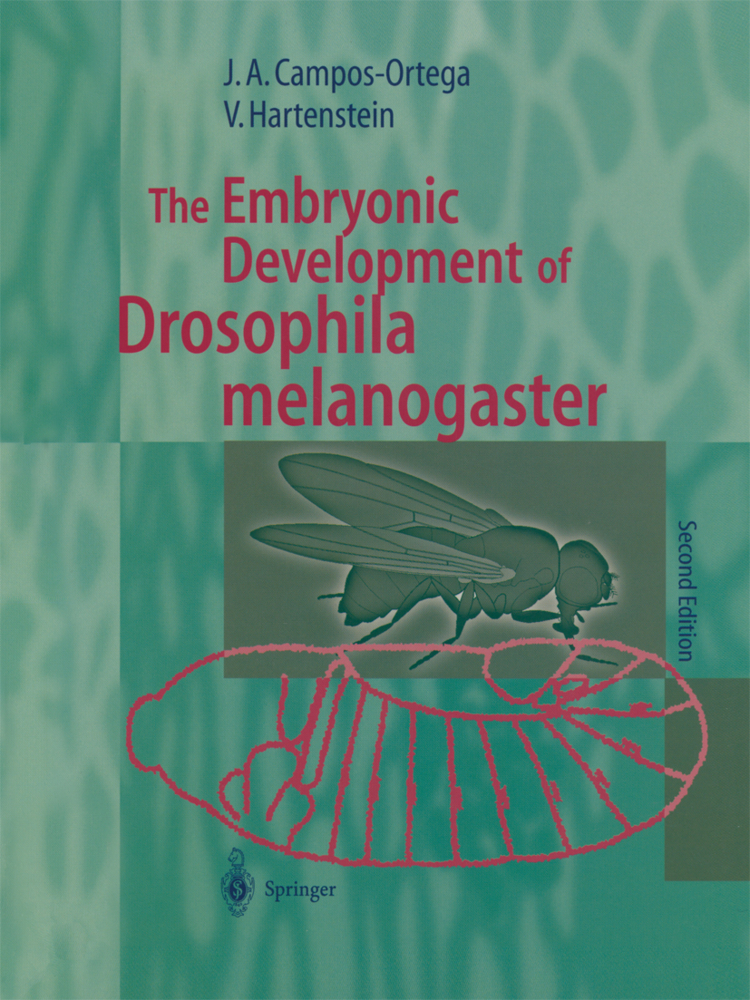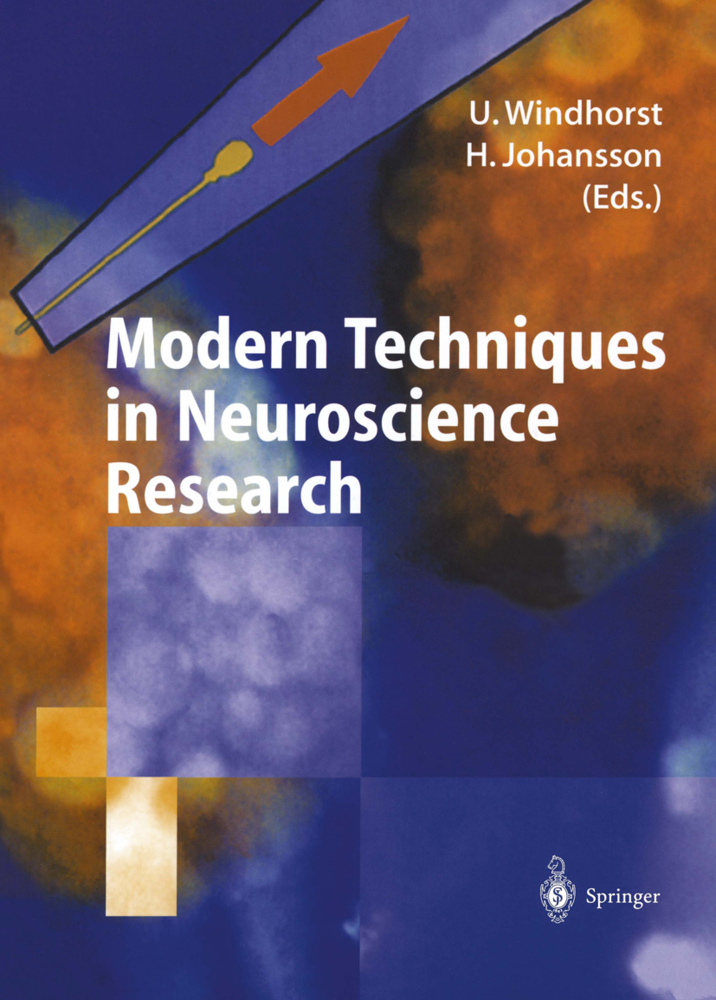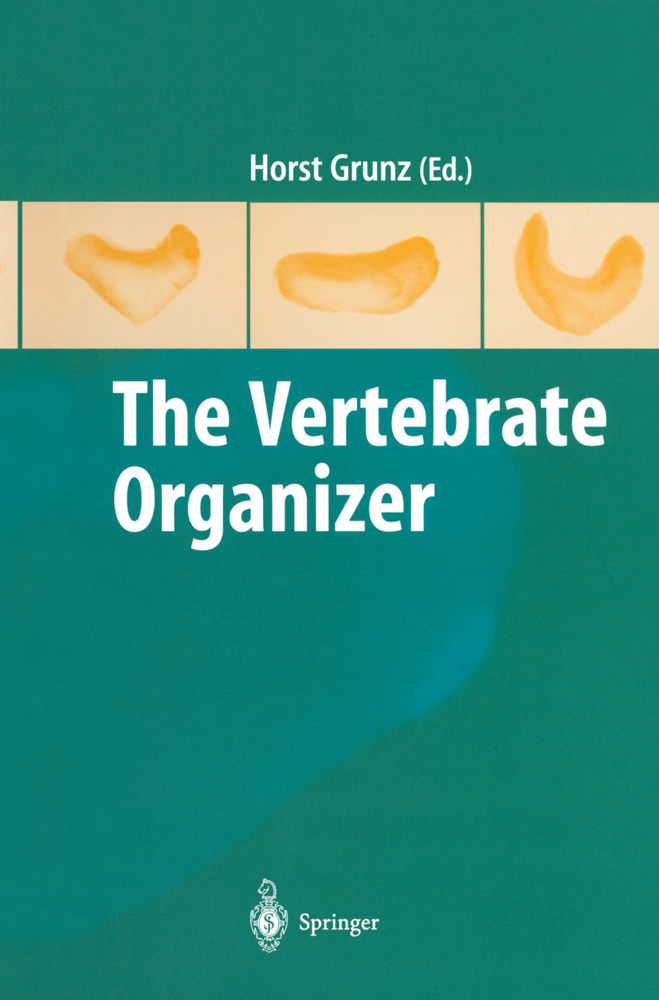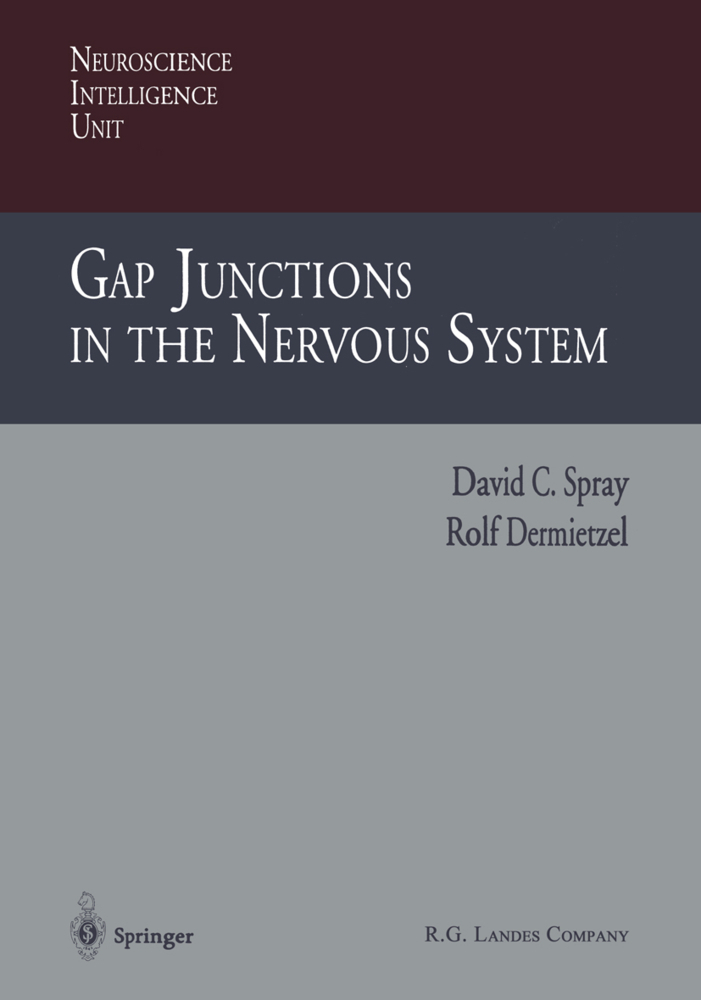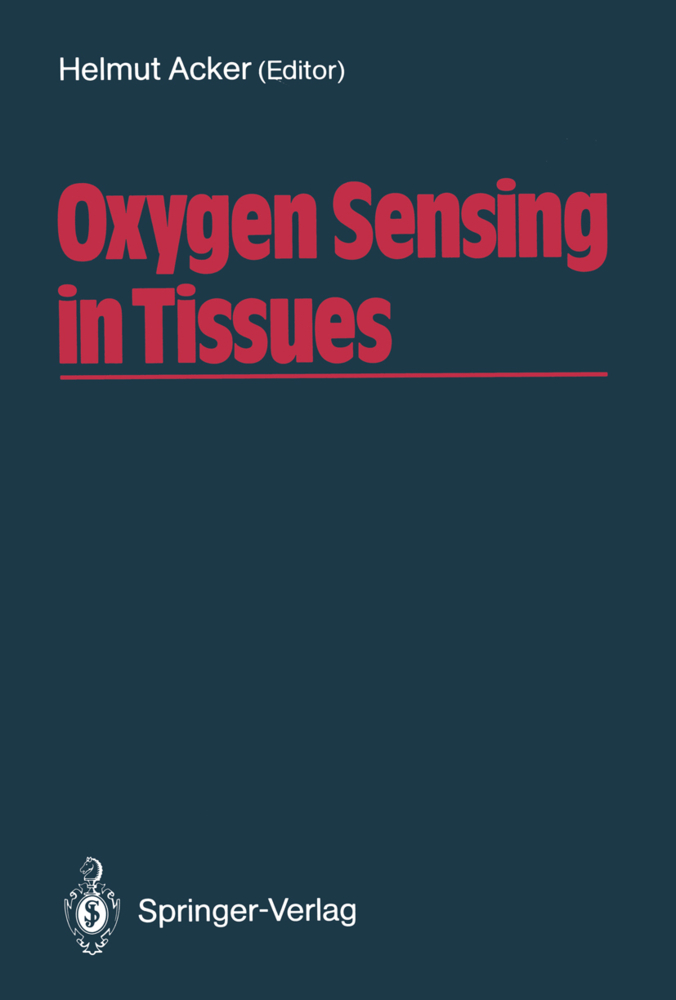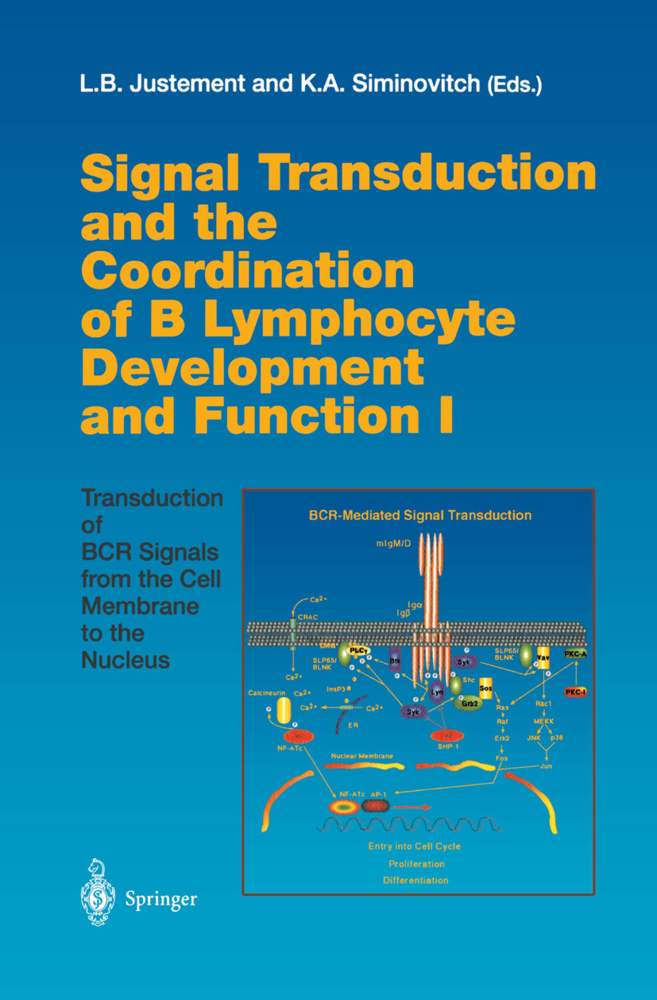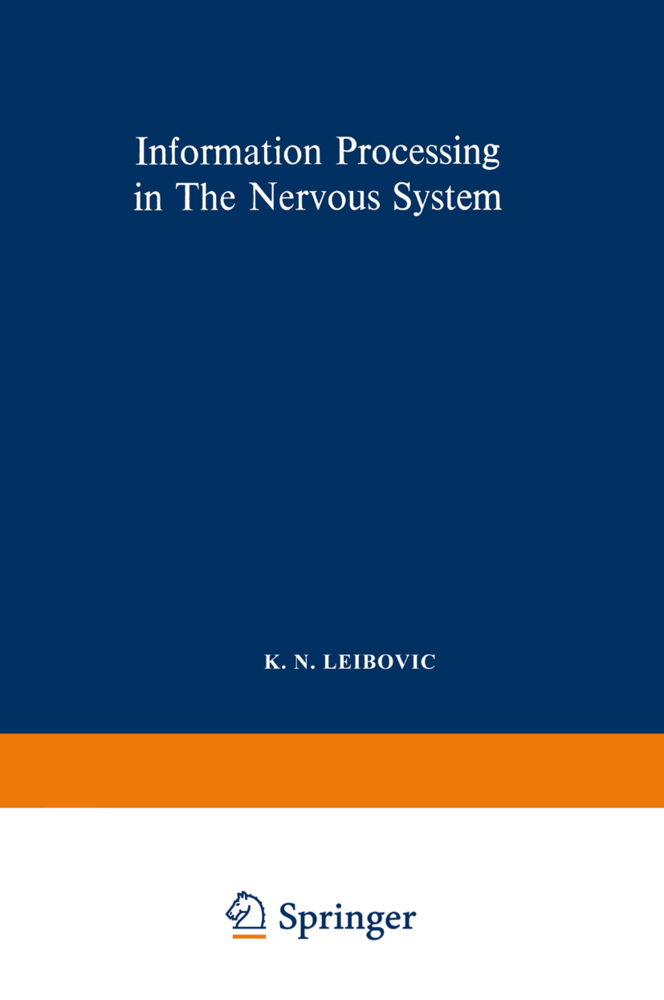How Brain-like is the Spinal Cord?
Interacting Cell Assemblies in the Nervous System
How Brain-like is the Spinal Cord?
Interacting Cell Assemblies in the Nervous System
"Theorizing about brain functions is often considered slightly disreputable and anyhow a waste of time -perhaps even 'philoso- ical'" 1 P. S. CHURCHLAND At present there are no unanimously accepted general con cepts of brain operation and function. This is especially the case with regard to so-called "higher" functions such as per ception, memory or the coupling between sensory input and motor output. There are a number of different reasons for this. Some may be related to experimental limitations allowing the simultaneous recording of the activities of only a restricted number of neurones. But there are also conceptual difficulties hindering the transition from "single-neurone" schemes, in which neurones are assigned relatively specific tasks (such as feature detection), to more complex schemes of nerve cell as semblies (for a discussion of some of the difficulties see Abeles 1982; von der Malsburg 1981; Kriiger 1983). Whilst much is known about the basic properties and functions of single neu rones, whose operations we hope to understand in the foresee able future, this does not hold true in the same way for the working of large assemblies of neurones.
1.2 The Basic Method of Cross-Correlating Spike Trains
1.3 Correlations Between Discharge Patterns of Cortical Neurones and Their Role in Some Recent Models of Brain function
1.4 Brainstem
2 Correlations Between Spinal Neurones
2.1 Correlations Between ?-Motoneurone Discharges
2.2 Correlations Between ?-Motoneurone Discharges
2.3 Correlations Between ?-Motoneurone Discharges
2.4 Summary
2.5 Correlations Between Muscle Afferent Discharges
2.6 The Effect of Fusimotor Input on Spindle Afferent Correlations
2.7 Summary
2.8 Effects of Correlations Between Presynaptic Fibres on Spinal Neurones
2.9 Interneuronal Circuits
3 Tremor States
3.1 Frequency-Displacement Amplitude Relations for Normal Hand Tremor
3.2 Muscle Contraction as a Stochastic Process
3.3 Localised Stretch Reflexes Acting as a Tremor-Suppressive Mechanism?
3.4 Further Feedback Systems
3.5 Plasticity in the Spinal Cord
3.6 Summary
4 Recurrent Inhibition and Proprioceptive Feedback
4.1 Fundamental Functions of the Spinal Cord
4.2 Specific Functions of Recurrent Inhibition and the Stretch Reflex
4.3 Structural and Functional Analogies Between Spinal Recurrent Inhibition and Proprioceptive Feedback
4.4 The Reafference Principle
4.5 The Renshaw Cell System as an Efference Copy?
4.6 Model-Reference Control Systems
4.7 Adaptive Control Systems
4.8 An Integrated Model Including Proprioceptive Feedback and Recurrent Inhibition
4.9 Remarks on the Function of the Integrated System
4.10 Are the Inputs to ?-Motoneurones and Renshaw Cells Matched to Each Other?
4.11 Relation of Fusi- and Skeletomotor Activation Patterns: TaskDependence
4.12 ?-Motoneurones and Renshaw Cells as Integrative Centres
4.13 Suggestions for Further Research
4.14 Summary
5 Problems in Motor Control
5.1 On the Modules of Motor Control
5.2 The Problem of the Variable(s) Controlled in Motor Acts
5.3 Which Are the Measured Variables?
5.4 Spatial Transformations
5.5 Temporal Aspects
5.6 Multimodal Organisation of Spinal Neural Assemblies
5.7 Summary
5.8 Concluding Remarks
Appendix A Auto- and Cross-Correlations
Appendix B Cross-Correlations Between Three Spike Trains
Appendix C Event-Related Cross-Correlations
Appendix D Statistical Analysis of Nonlinear Physiological Systems
Appendix E On Spurious Synchronisation of Two Semiregularly Firing Neurones
Appendix F Spectral Analysis
Appendix G A Remark on Correlation Patterns
References.
1 Correlations Between Spike Trains of Supraspinal Neurones
1.1 Correlations Between Discharge Patterns of Cortical Neurones1.2 The Basic Method of Cross-Correlating Spike Trains
1.3 Correlations Between Discharge Patterns of Cortical Neurones and Their Role in Some Recent Models of Brain function
1.4 Brainstem
2 Correlations Between Spinal Neurones
2.1 Correlations Between ?-Motoneurone Discharges
2.2 Correlations Between ?-Motoneurone Discharges
2.3 Correlations Between ?-Motoneurone Discharges
2.4 Summary
2.5 Correlations Between Muscle Afferent Discharges
2.6 The Effect of Fusimotor Input on Spindle Afferent Correlations
2.7 Summary
2.8 Effects of Correlations Between Presynaptic Fibres on Spinal Neurones
2.9 Interneuronal Circuits
3 Tremor States
3.1 Frequency-Displacement Amplitude Relations for Normal Hand Tremor
3.2 Muscle Contraction as a Stochastic Process
3.3 Localised Stretch Reflexes Acting as a Tremor-Suppressive Mechanism?
3.4 Further Feedback Systems
3.5 Plasticity in the Spinal Cord
3.6 Summary
4 Recurrent Inhibition and Proprioceptive Feedback
4.1 Fundamental Functions of the Spinal Cord
4.2 Specific Functions of Recurrent Inhibition and the Stretch Reflex
4.3 Structural and Functional Analogies Between Spinal Recurrent Inhibition and Proprioceptive Feedback
4.4 The Reafference Principle
4.5 The Renshaw Cell System as an Efference Copy?
4.6 Model-Reference Control Systems
4.7 Adaptive Control Systems
4.8 An Integrated Model Including Proprioceptive Feedback and Recurrent Inhibition
4.9 Remarks on the Function of the Integrated System
4.10 Are the Inputs to ?-Motoneurones and Renshaw Cells Matched to Each Other?
4.11 Relation of Fusi- and Skeletomotor Activation Patterns: TaskDependence
4.12 ?-Motoneurones and Renshaw Cells as Integrative Centres
4.13 Suggestions for Further Research
4.14 Summary
5 Problems in Motor Control
5.1 On the Modules of Motor Control
5.2 The Problem of the Variable(s) Controlled in Motor Acts
5.3 Which Are the Measured Variables?
5.4 Spatial Transformations
5.5 Temporal Aspects
5.6 Multimodal Organisation of Spinal Neural Assemblies
5.7 Summary
5.8 Concluding Remarks
Appendix A Auto- and Cross-Correlations
Appendix B Cross-Correlations Between Three Spike Trains
Appendix C Event-Related Cross-Correlations
Appendix D Statistical Analysis of Nonlinear Physiological Systems
Appendix E On Spurious Synchronisation of Two Semiregularly Firing Neurones
Appendix F Spectral Analysis
Appendix G A Remark on Correlation Patterns
References.
Windhorst, Uwe
| ISBN | 978-3-642-51122-6 |
|---|---|
| Artikelnummer | 9783642511226 |
| Medientyp | Buch |
| Auflage | Softcover reprint of the original 1st ed. 1988 |
| Copyrightjahr | 2012 |
| Verlag | Springer, Berlin |
| Umfang | XVIII, 334 Seiten |
| Abbildungen | XVIII, 334 p. |
| Sprache | Englisch |

